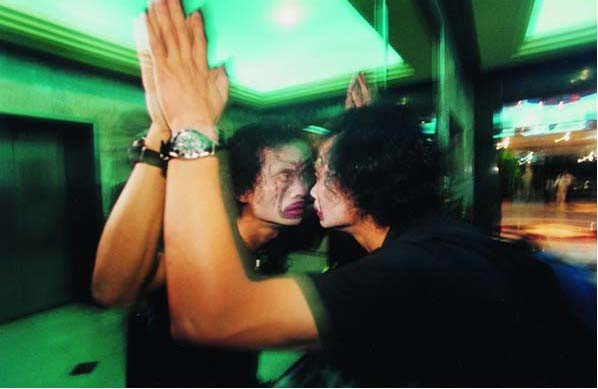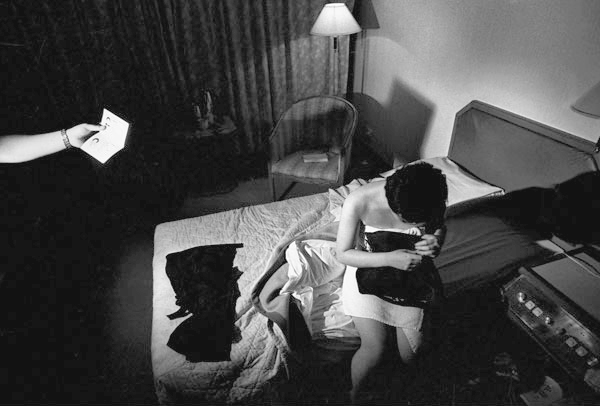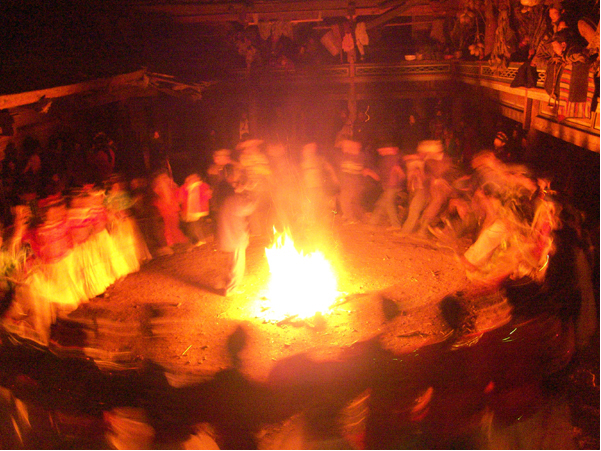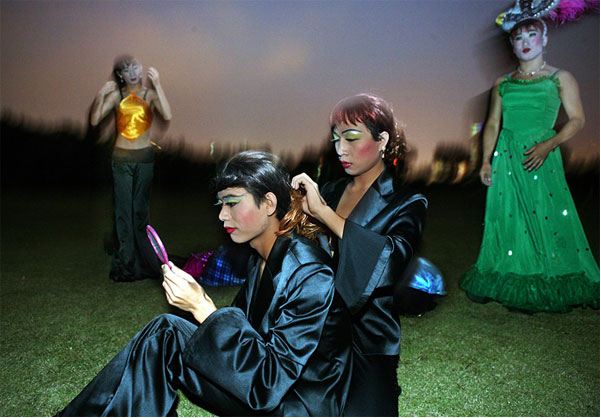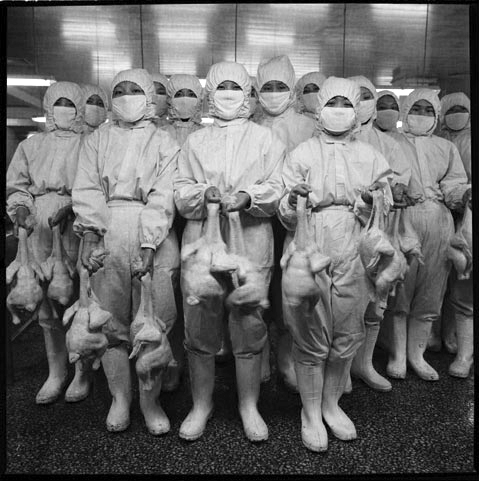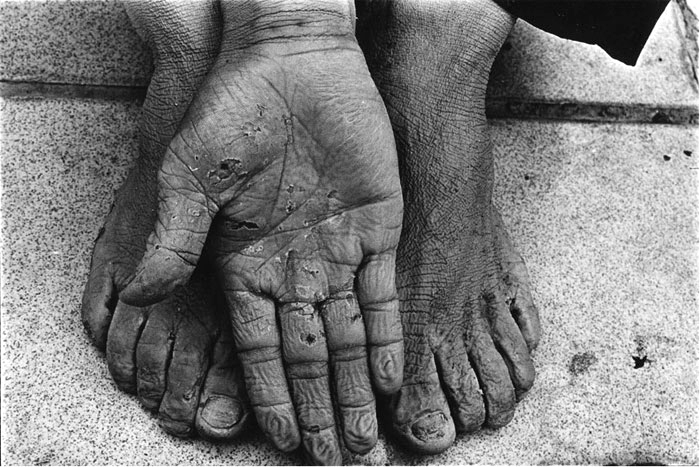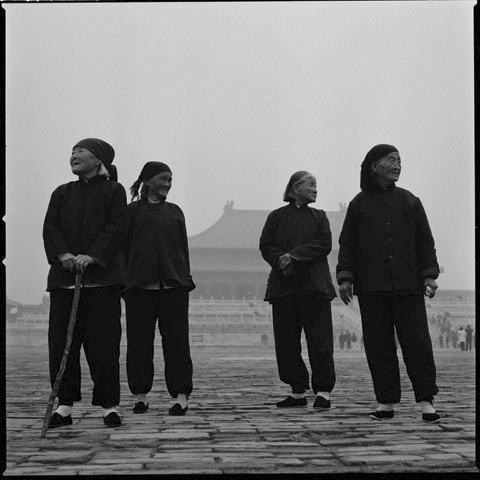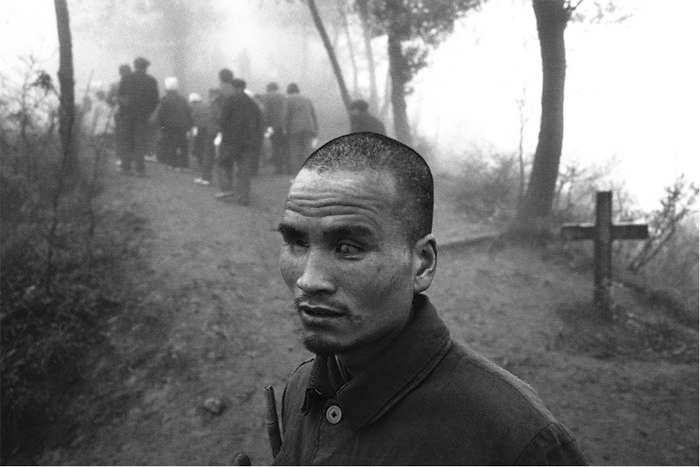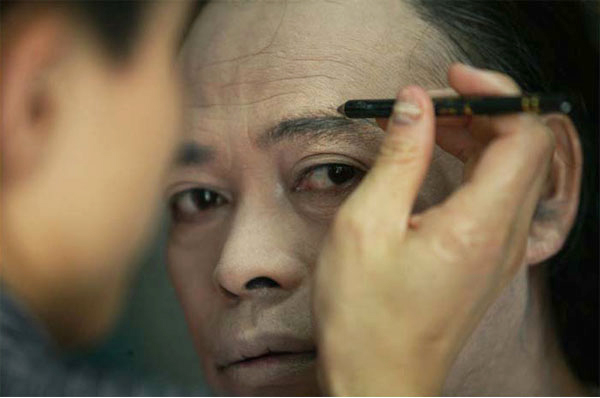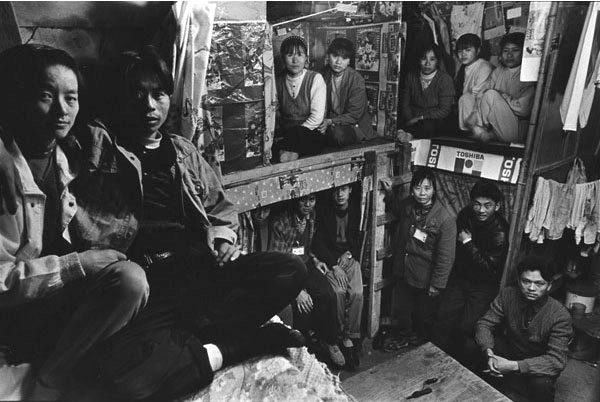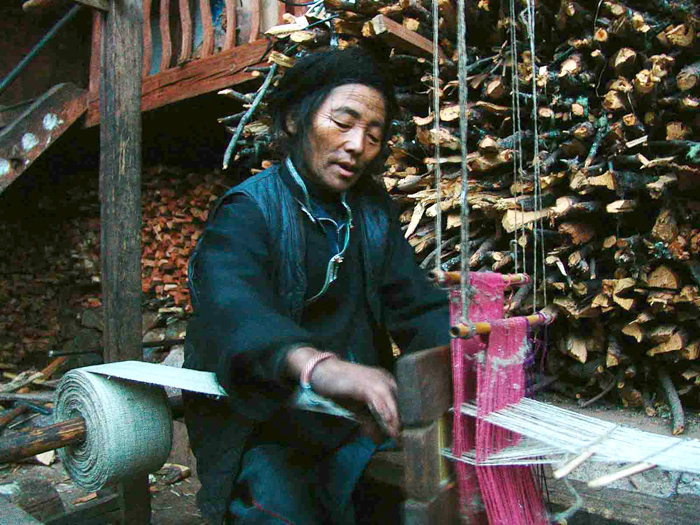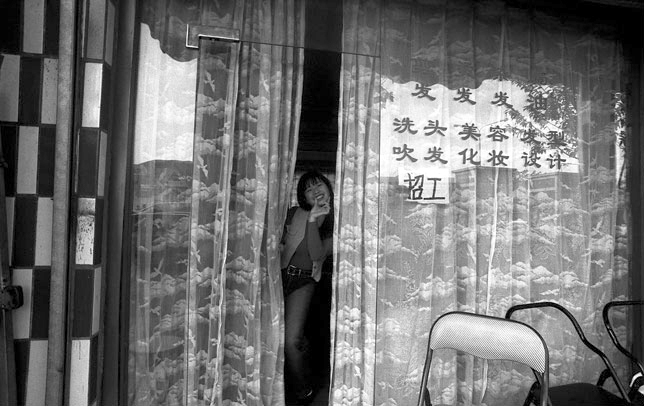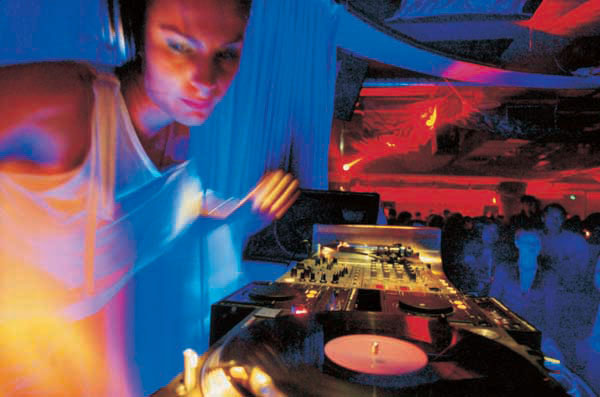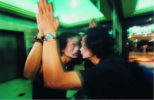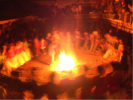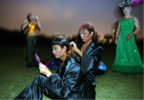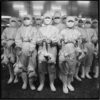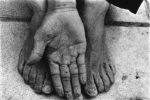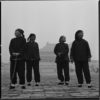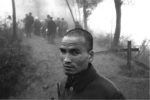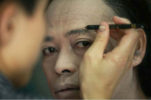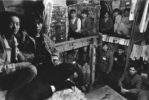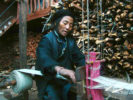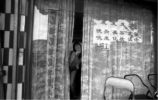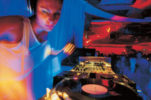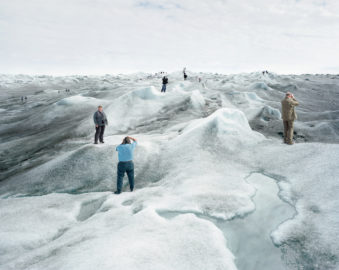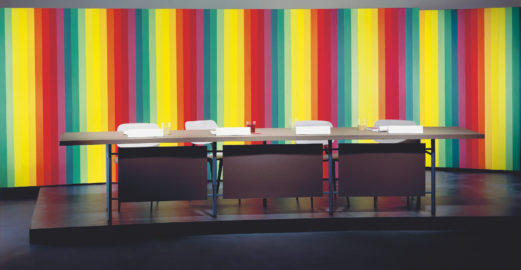This exhibition brings together the work of seven photographers from mainland China: Chen Yuanzhong, Hua’Er, Jia Yuchuan, Li Nan, Yang Yankang, Yu Haibo, and Zhang Xinmin. While earning their livings as either freelance or staff photographers (or, in one case, as a freelance writer), each has undertaken the creation of a long-term documentation of one or more aspects of Chinese culture that he or she feels reflects something vital about China now – whether that is something emerging or something vanishing.
Collectively, these photographers have numerous publications, exhibitions, and awards to their credit, but little of their work has appeared outside mainland China. None of these projects has yet been seen in the west.
Six of the seven – Chen Yuanzhong, Hua’Er, Jia Yuchuan, Yang Yankang, Yu Haibo, and Zhang Xinmin – are based in Shenzhen. Just across the border from Hong Kong in southern China, Shenzhen was the first of the Special Economic Opportunity Zones established by China in the post-Mao era, as magnets for entrepreneurs and educated people in all fields. Already a world-renowned center for printing and information technology, among other industries, Shenzhen was a fishing and farming community with a population of roughly 20 thousand in 1980. Today it is a booming 21st-century metropolis whose population exceeds 13 million, with an average per-capita age of 30. As such, it serves as a microcosm revealing many of the dramatic shifts in contemporary China. The exhibition’s organizational structure moves from the rural scene to the metropolitan context, echoing developments in China today.
While some of these photographers focus on aspects of life in their home city, others look at situations outside of Shenzhen. Their themes include rural Catholicism, matrilineal culture in an agrarian setting, the population shift from country to city, prostitution, gender and identity, typologies of urban citizenry, and the emergence of a thriving pop music/club scene as an index of internationalization. They approach their subjects employing methods ranging from classic modernist documentary to more formally experimental styles. Intended for presentation in college and university contexts, among other possible venues, this exhibition’s images and texts make it relevant to such diverse disciplines as visual anthropology, sociology, urban studies, economics, geopolitics, Asian studies, and of course contemporary photography and visual culture.

